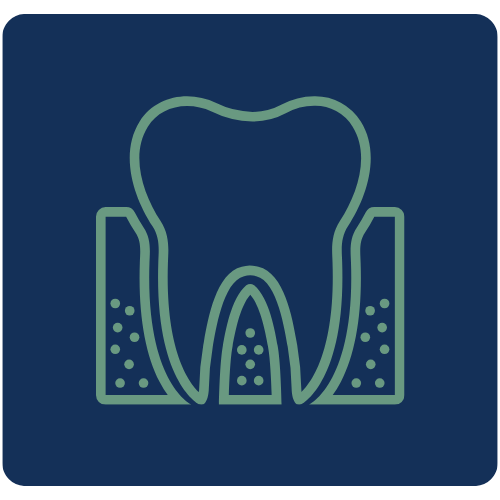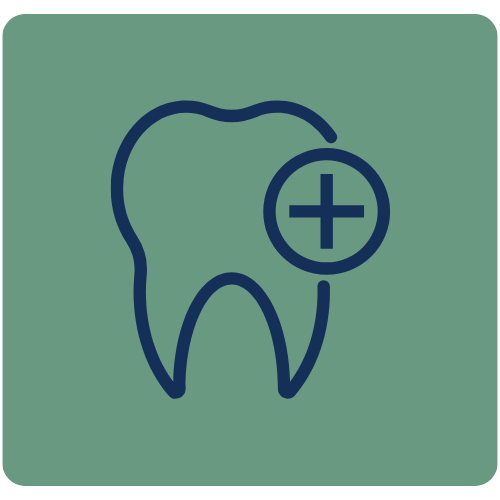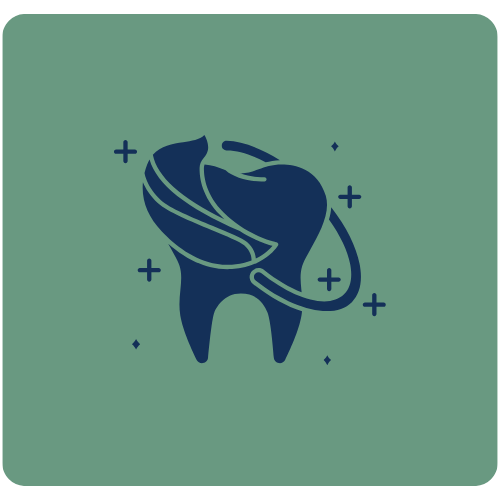Welcome to Cleona Dental’s General Dentistry services! Your oral health is our top priority, and we’re here to provide comprehensive and compassionate care for your entire family. Dr. Jennifer Davis and our caring team are dedicated to keeping your smiles healthy and beautiful.









Why Choose Cleona Dental for General Dentistry?
Ready to Keep Your Smile Healthy?
Don’t wait to prioritize your oral health. Contact Cleona Dental today to schedule an appointment with Dr. Jennifer Davis. Let’s work together to achieve and maintain those beautiful, healthy smiles for you and your family.
At Cleona Dental, we believe that a healthy smile is a happy smile. Let’s keep you smiling.
Book an Appointment | Learn More About Us
Please remember, while the information here is friendly and informative, it’s not a substitute for professional dental advice. Reach out to us for personalized recommendations.
Cleona Dental’s mission is to provide an atmosphere of respect and acceptance for our patients so that we are able to facilitate individualized care to meet each person’s lifestyle and esthetic goals. We insist upon encouraging the highest standards of ethical conduct and responsible patient care.